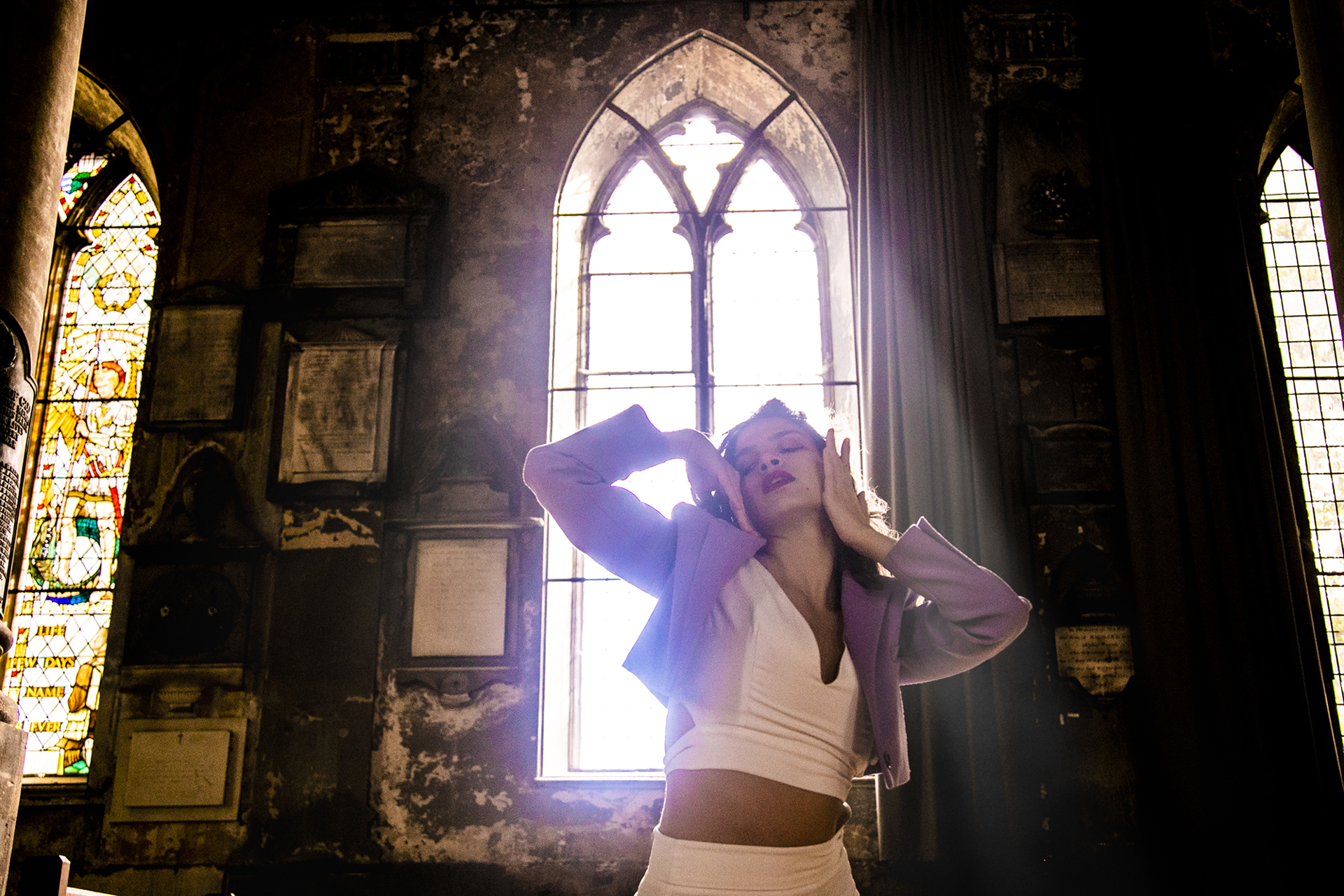A dance movement therapist
works in a variety of settings including hospitals, psychiatric and rehabilitation units and schools. They use dance and movement to help people with a wide range of emotional, social, psychological and physical difficulties.
What you need to do to work towards this role
Therapists need to have a strong sense of empathy, be creative, fit and interested in psychology and movement.
They use dance and movement to help people with a wide range of emotional, social, psychological and physical difficulties. Part-time or session work is common and many DMTs are self-employed or freelance. Maturity and the ability to communicate through movement is essential and the minimum age for entering DMT training is 23 years.
Contact the ADMPUK for further information.
Next steps
Dance Movement Therapists must have a postgraduate qualification recognised by The Association of Dance Movement Psychotherapy (ADMPUK) and a minimum of two years’ experience of at least one dance or movement form.
Goldsmiths, Derby and Roehampton Universities offer qualifications in this field. Subjects studied include anatomy, psychology, psycho-therapy and movement observation. Other universities offering DMT include Canterbury Christchurch and Edge Hill Universities.

Who do dance movement therapists work with?
Dance therapists work in a variety of settings including hospitals, psychiatric and rehabilitation units and schools.
Therapists work with individuals and groups to help improve their self-esteem, develop communication skills and develop strategies to manage their lives. They work with a variety of conditions such as autism and eating and emotional disorders.